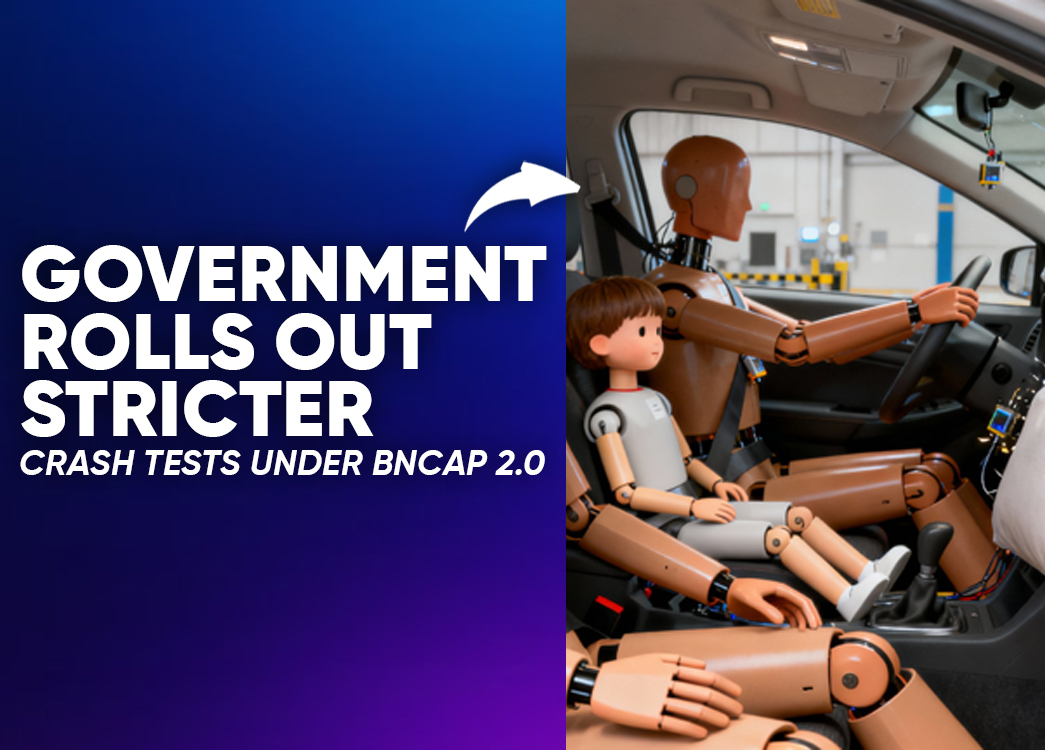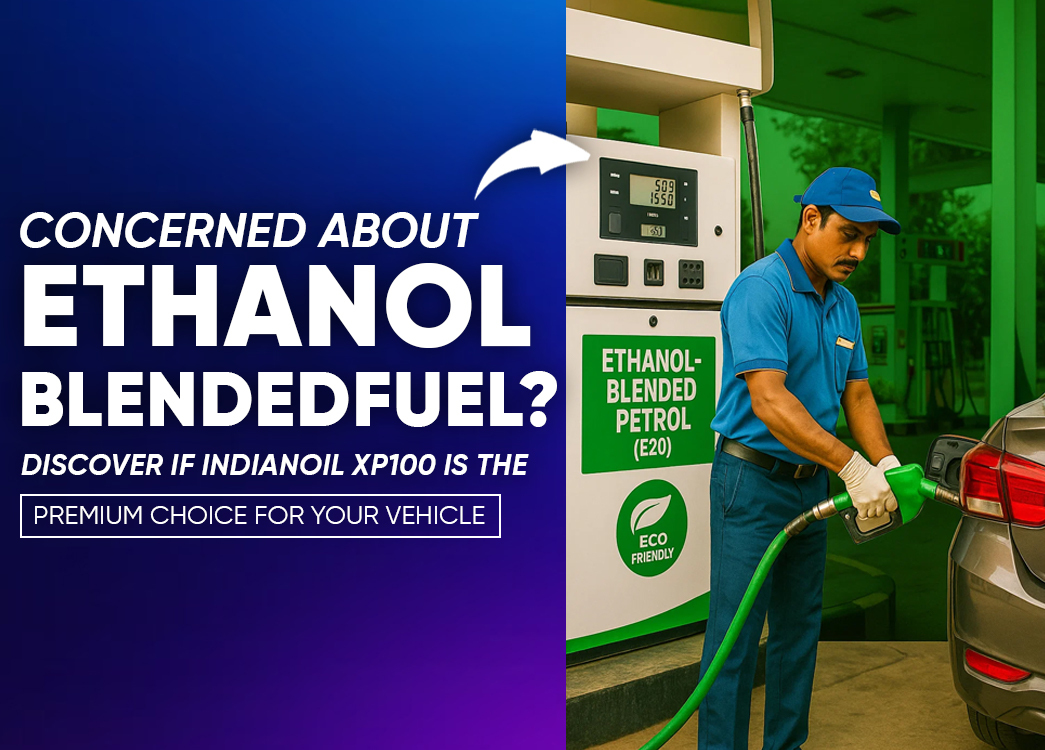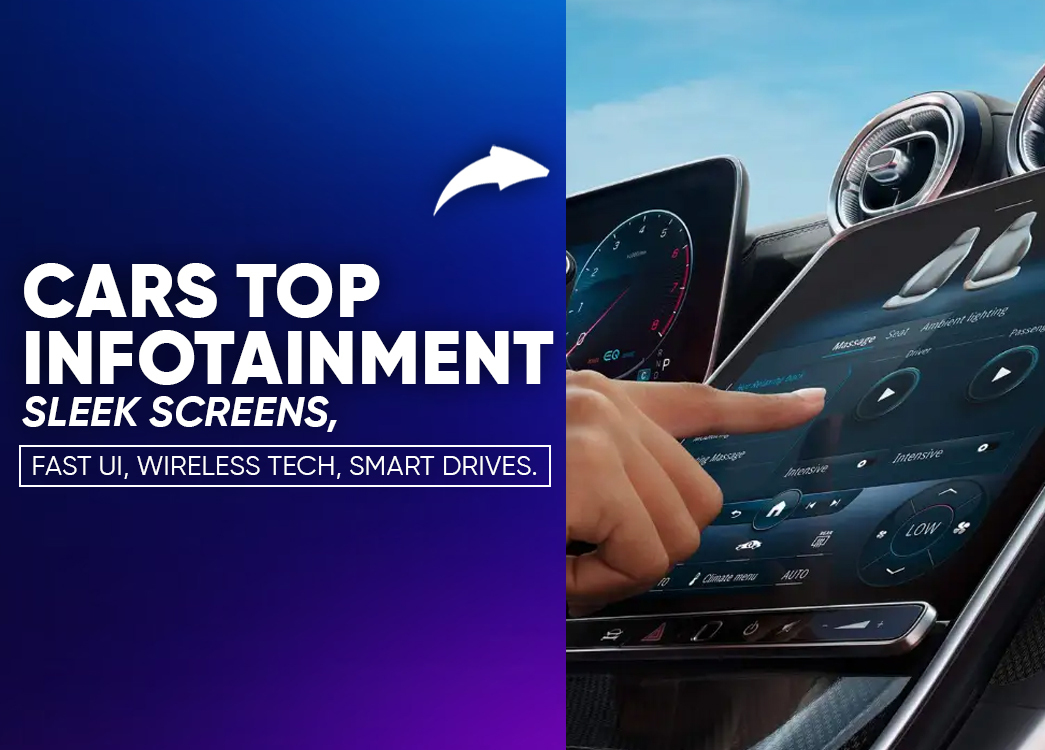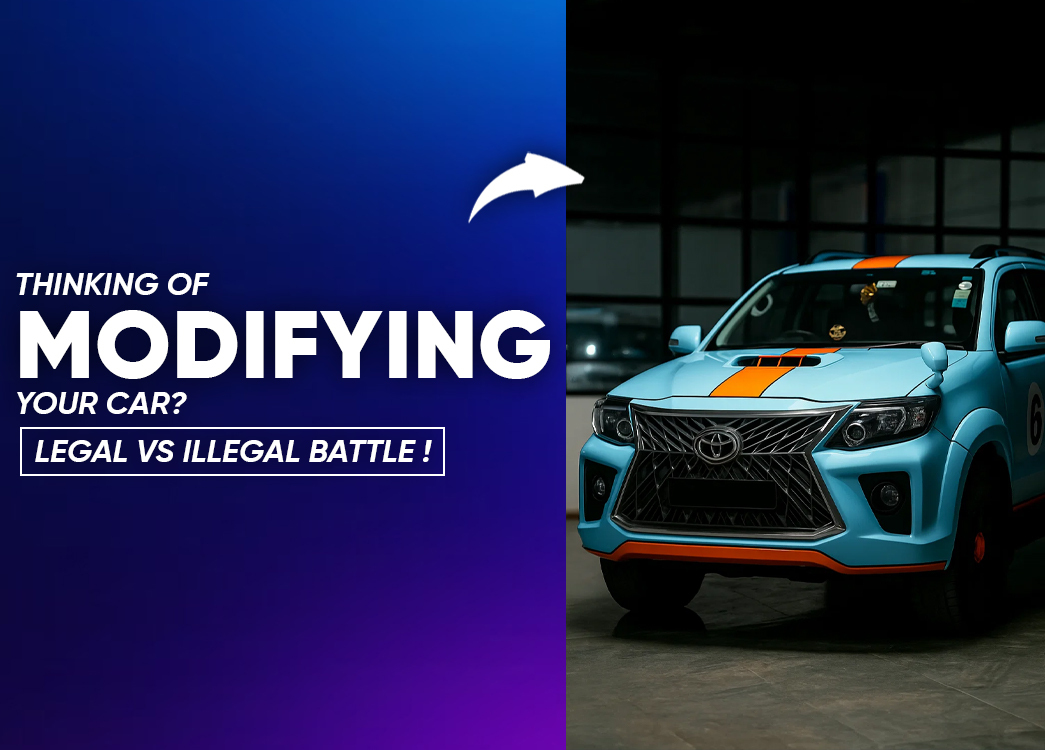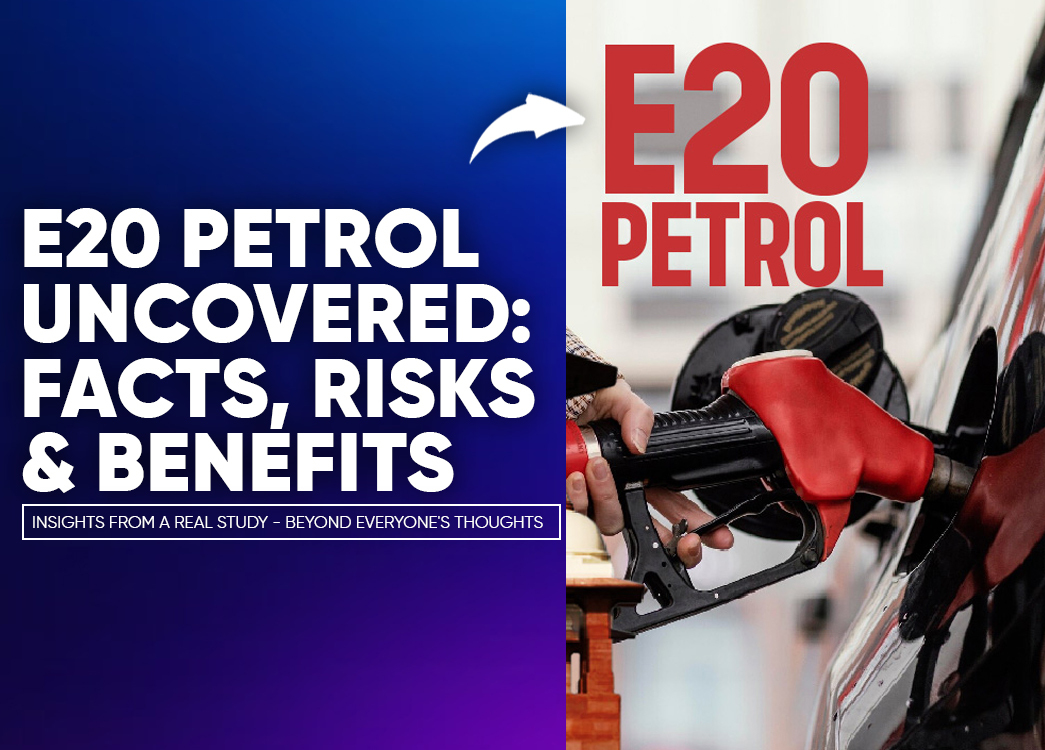
By Guest Author On 26-08-2025 at 2:42 pm
E20 Petrol: Pros, Cons & Real Study Insights Explained
Introduction to E20 Petrol
The automotive industry is shifting toward sustainable fuels. E20 petrol, a blend of 20% ethanol and 80% petrol, is part of that change. India is promoting this fuel to reduce dependency on crude oil and cut carbon emissions. Unlike social media opinions, this article shares findings from real studies to help you understand its impact.
What Makes E20 Petrol Different?
Ethanol is a biofuel derived mainly from sugarcane and corn. Blending it with petrol makes fuel cleaner and cheaper. E20 petrol burns more efficiently than standard petrol. It also lowers harmful greenhouse gas emissions. However, this change is not free of challenges.
The Good Side of E20 Petrol
Using E20 petrol reduces tailpipe emissions, which helps improve air quality. It supports farmers by increasing demand for crops like sugarcane. Fuel costs for consumers can drop due to ethanol blending. Another benefit is reduced dependence on imported crude oil, strengthening energy security. Vehicles designed for E20 show better combustion and improved performance.
The Drawbacks You Should Know
Older cars may not be fully compatible with E20 fuel. Rubber and plastic parts like fuel lines and injectors can wear out faster. Some engines may face corrosion issues due to ethanol’s water-absorbing nature. Fuel efficiency can drop by 6–8% because ethanol carries less energy than petrol. Repair and maintenance costs may rise if cars are not upgraded for E20 use.
Real Study Findings on E20 Performance
Research conducted by the Indian Institute of Petroleum tested E20 fuel on different vehicles. Cars designed for E20 ran smoothly without major problems. Emissions of carbon monoxide and hydrocarbons reduced significantly. However, mileage dropped slightly in non-E20 compliant vehicles. Motorcycles adapted better than older cars, showing fewer compatibility issues. These results confirm that the transition is possible but requires preparation.
The Better Way Forward
Adopting E20 fuel should go hand in hand with vehicle upgrades. Automakers are already launching E20-ready engines to tackle compatibility issues. Fuel stations across India are expanding ethanol-blended petrol availability. Regular awareness campaigns can help consumers adapt faster. For the long run, E20 is a step toward India’s vision of cleaner mobility.
Tips for Vehicle Owners
- Check if your car is E20 compliant before filling up.
- Consult your manufacturer for compatibility details.
- Use only certified fuel stations to avoid contamination.
- Schedule timely maintenance to protect engine parts from ethanol-related wear.
- Keep an eye on mileage changes and plan your refueling accordingly.
The Problem: Why India is Pushing E20 Ethanol Blended Petrol
India imports over 85% of its oil, which cost $137 billion in FY25. This heavy dependence on imported fuel strains foreign exchange and keeps petrol prices high for citizens. To address this, the government rolled out the E20 ethanol blending program 20% ethanol mixed with 80% petrol.
The government highlighted four major benefits of E20:
- Reduced Oil Imports: With 10% blending, India could save $13.7 billion annually. With 20%, the savings could reach $28 billion.
- Boosting Farmer Incomes: Ethanol is made from crops like sugarcane and rice, giving farmers extra income from surplus produce.
- Cleaner Fuel: Ethanol burns cleaner than petrol, reducing carbon emissions and helping India meet climate targets.
- Reduced Oil Dependence: Domestic ethanol production reduces reliance on oil-rich nations like Saudi Arabia and UAE.
The Agitation: Why Indian Consumers Are Protesting Against E20 Fuel
While the vision is strong, there are serious execution gaps frustrating Indian consumers:
Mileage Drop Due to Lower Energy Density
Petrol delivers 32 megajoules of energy per litre, while ethanol delivers only 21.1 megajoules. That’s a 34% drop in energy density, meaning your vehicle needs more E20 fuel to cover the same distance.
As per NITI Aayog:
- E0 four-wheelers calibrated to E20 see a 6–7% mileage drop.
- Two-wheelers calibrated to E20 see a 3–4% mileage drop.
Example: If your car gives 15 km/litre on petrol, with E20 it drops to 14.1 km/litre. Over 1,000 km, you’ll need 71 litres of E20 instead of 67 litres of petrol an extra 4 litres. At ₹100/litre, that’s ₹400 more per 1,000 km.
Price vs Tax Issue: Why Petrol Isn’t Getting Cheaper
NITI Aayog suggested ethanol blends should be cheaper to offset the mileage loss. But in reality, petrol prices remain the same. The main reason is heavy taxes VAT and excise duty make up the bulk of fuel prices. So consumers pay more but don’t see savings at the pump.
Compatibility Gap: Not All Vehicles Are Ready for E20
Ethanol absorbs moisture, causing corrosion inside the fuel system. Over time:
- Rubber pipes crack
- Seals harden
- Fuel pumps fail
Fixing this requires stronger pumps, bigger injectors, and ethanol-proof pipes—not just software updates. NITI Aayog has stated automakers need 4 years of preparation to make vehicles compatible with E20.
Steps taken by automakers:
- Maruti Suzuki: Planning E20 upgrade kits for older cars (~₹4,000–₹6,000)
- Hero MotoCorp: Bikes made before April 2023 will require modifications for E20
- Two-wheeler manufacturers: Exploring similar retrofitting options
The Solution: What India Needs for Successful E20 Rollout
For E20 to truly benefit the economy, environment, and consumers, the following steps are critical:
- Reduce taxes on ethanol-blended fuel to make it cheaper than pure petrol
- Ensure all new vehicles are E20-ready with corrosion-resistant fuel systems
- Support upgrade kits for older vehicles at affordable prices
- Educate consumers about long-term environmental and economic benefits
Conclusion
E20 petrol is not just a government experiment. It is a tested and practical solution for reducing emissions and saving fuel costs. While older cars may face challenges, the benefits outweigh the drawbacks in the long run. With proper adaptation, E20 can make driving greener and more economical for millions of vehicle owners.
Related posts
